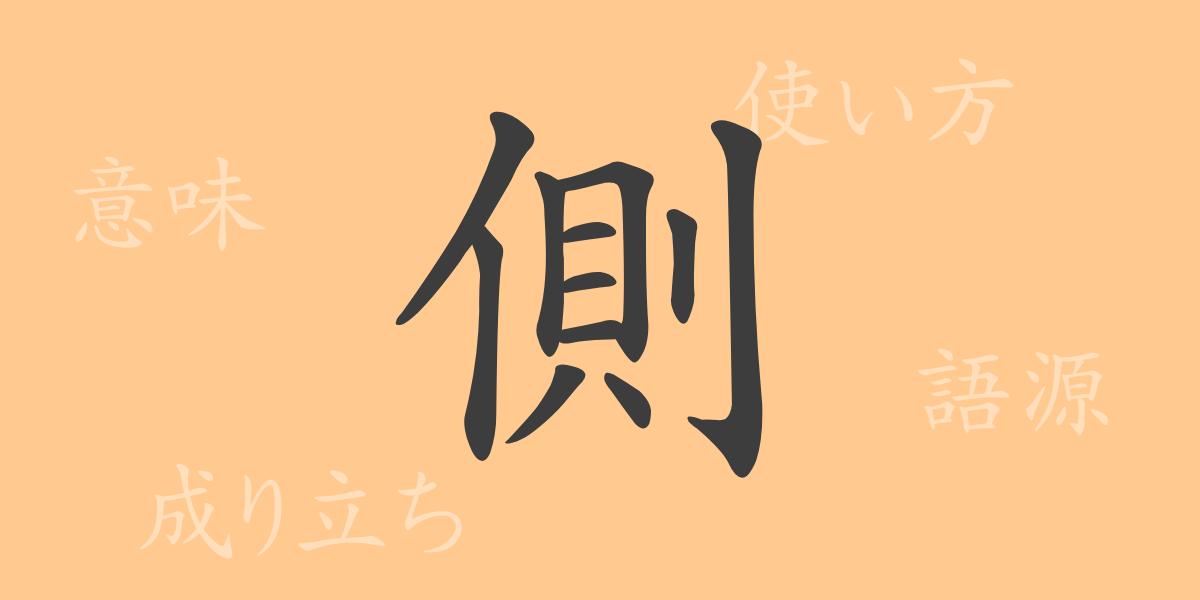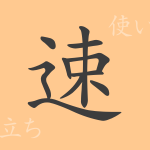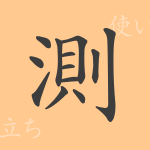Japanese language is characterized by Kanji characters, and among them, commonly used Kanji play a particularly important role in our communication. This time, we focus on one such commonly used Kanji, “(側)”, exploring its origin, meaning, usage, and even idiomatic expressions and phrases. By understanding the rich expressive power and role of this Kanji in Japanese, we aim for a deeper understanding of the language.
Origin of “(側)” (そく – Soku)
The Kanji “(側)” has a long history found in ancient Chinese documents. Originally derived from pictograms depicting a person lying down sideways, its form has evolved over time to its current shape. This Kanji is used to indicate that something or someone is beside or alongside another, essential in expressing spatial relationships.
Meaning and Usage of “(側)” (そく – Soku)
“(側)” means “next to”, “beside”, or “near”. Figuratively, it can also refer to “position”, “perspective”, or “aspect”. This versatile Kanji is used not only for physical space but also to denote positions in human relationships and viewpoints.
Readings, Stroke Count, and Radical of “(側)” (そく – Soku)
The Kanji “(側)” has various readings in Japanese:
- Readings: On’yomi (音読み) ‘ソク’ (soku), Kun’yomi (訓読み) ‘がわ’ (gawa), ‘かわり’ (kawari)
- Stroke Count: “(側)” consists of a total of 11 strokes.
- Radical: The radical for this Kanji is “人” (ひと), but it is sometimes listed as “イ”.
Idioms and Proverbs Using “(側)” (そく – Soku) and Their Meanings
There are numerous idiomatic expressions and proverbs in Japanese that include “(側)”. Here are some examples:
- “片側通行” (かたそくつうこう): One-way traffic, referring to roads or paths where traffic flows in only one direction.
- “内側” (うちそく): The inside or interior part of an object or space.
- “側近” (そっきん): A person serving close to an important figure.
- “両側” (りょうそく): Both sides, indicating left and right.
- “側面” (そくめん): One side or aspect of something, or the side of an object.
- “側を固める” (そくをかためる): To solidify one’s position or support a particular standpoint or opinion.
Conclusion on “(側)” (そく – Soku)
The Kanji “(側)” signifies proximity or adjacency, not only in physical space but also in various contexts such as relationships and viewpoints. Understanding and correctly using “(側)” in Japanese is crucial for precise communication. By familiarizing oneself with expressions containing “(側)”, one can achieve richer Japanese language expression.

























